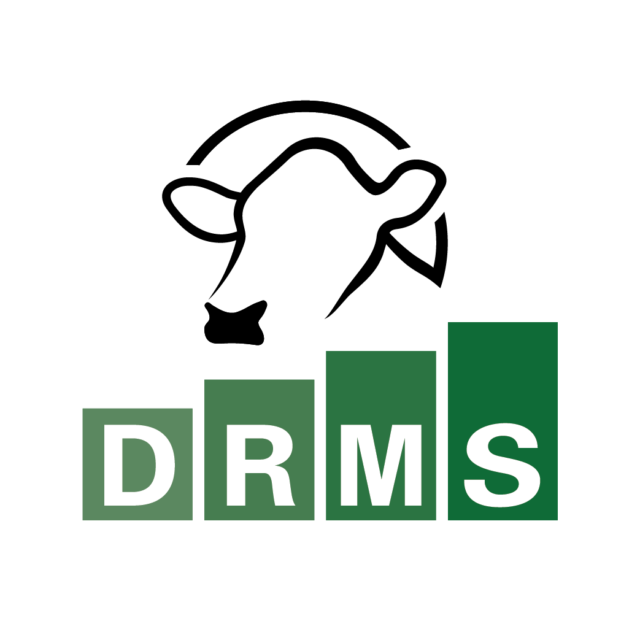With a sea of technology options available, there have never been more tools to improve the way your dairy operates. But sometimes deciding which technologies to invest in and implement on your dairy can seem overwhelming.
Follow these tips to approach new dairy technology investments from a data perspective.
Listen to data and cows
If you’re exploring a specific type of technology, you likely have an idea of the benefits it can bring to your operation. But most solutions aren’t one-size-fits-all.
By diving into your data, you can start identifying problem areas and gain a better understanding of how a specific technology can function as a hero on your operation.
Doing so begins with listening to what cows are telling you about their health, reproductive status and production. These and similar data points can help you determine when a new technology investment is a must-have solution that enhances profitability or if it’s just a nice-to-have option.
Always keep in mind, not every new technology is a fit for every dairy. Reviewing it through your data lens makes sure you are implementing the right technology at the right time and for the right reasons. You may find the data points you to a different technology solution that provides the best return on investment (ROI) for the specific and unique challenges you face on your dairy.
Investigate industry averages and where you stack up against your peers. What kind of improvement will make the numbers pencil out on your dairy? Is that improvement attainable and sustainable with the technology solution you’re evaluating?
Ask yourself and trusted advisers these questions and dig into data to help answer them.
Explore options
For example, activity monitoring systems are a common emerging technology many dairies have on their wish list.
There is a plethora of benefits to these systems, but farms considering this approach need to ask themselves if they struggle with any of the areas in which this system could act as a solution.
Case in point: A dairy has taken the right steps to review its DairyComp data and found the herd has excellent conception rates and ranks high among its peers in production and reproduction. At first glance, it may appear utilizing an activity system for heat detection would not provide enough ROI to justify the investment. However, the farm is really struggling with cow turnover.
Can the farm justify an investment in this technology? Could an activity monitor help them intervene sooner on these animals to prevent a negative outcome?
Calculate ROI
The answer to these questions requires digging deeper into the farm’s data to determine the technology’s ROI. While this analysis may seem obvious, try not to overlook its importance.
In the above situation, the farm would have a difficult time justifying an activity system if they based the ROI simply on reproductive improvements. However, the dairy may have an opportunity to improve its bottom line and herd productivity by reducing turnover.
- For a more complete picture, the activity monitoring
technology’s ROI should be calculated by determining the difference
between cull and replacement price.
- Then, the herd should determine a realistic goal for involuntary culling and death loss reduction, using actual dollar values to determine whether meeting that goal would justify the cost of adopting the new technology.
If the farmer in this scenario could reduce turnover due to death loss by just 4%, this technology investment would pay for itself. If they decide to move forward with the technology after this step, they’ll need to revisit these numbers after implementation to determine the success of the decision.
With activity monitoring systems, users know they will also likely see some peripheral benefits as well. The primary objective, in this case, was to reduce turnover. Supported by the farm’s data, this technology provides the opportunity to address that objective while proving it is worth the investment.
On your farm, you may get to this step and realize the numbers don’t work out. If that happens, revisiting your original problem can help you explore alternative solutions and technologies in the market to address your challenge.
Bring data to implementation’s forefront
You’re not done with data yet. After the purchase, data plays an important consideration during any technology’s implementation.
Bringing key data to the forefront during this phase allows you to center yourself and your team on what you’re trying to achieve. Use this information to help you further define your success metrics and make sure you’re looking at the right data to measure these benchmarks.
Prioritizing data offers your team a continuous feedback loop to hone in on protocols, ensuring they are doing what’s best for the cows and the bottom line.
As the farmer in the activity monitoring scenario implements their new technology, they will need to make sure they’re looking at the right lists to find those low-activity cows and determine the intervention thresholds. They may also find that they need to alter the existing protocols to incorporate the data from an activity monitoring system to reduce redundancy in other tasks on the farm.
Keeping the end goal in mind when reviewing data ensures that the correct numbers are taken into consideration. This thought allows your farm to be nimble with protocol adjustments and optimizing any new technology’s settings and applications.
As your farm becomes fluent in interpreting the data from its newest technology investment, you can begin looking for additional correlations in the data and management practices to provide feedback in all aspects of the dairy, from cow health to reproduction to feeding and resting behavior.
Bring it all together
Leveraging your herd management system like DairyComp is a great place to start when aggregating data for analysis.
Work with your management teams and lean on your partners to help you identify which data points are important when evaluating technology and making purchase and implementation decisions.
When you let data become the star of the show, you ensure you are making the right technology choice for your dairy throughout the decision-making process – from identifying your needs and calculating ROI to implementation and maintenance.





